

Derek Fung
Electric Audi RS6 e-tron high performance wagon cancelled - report
23 Minutes Ago
Manufacturers will soon be required to provide evidence that car doors and electric windows will work after being underwater for 10 minutes.

Contributor
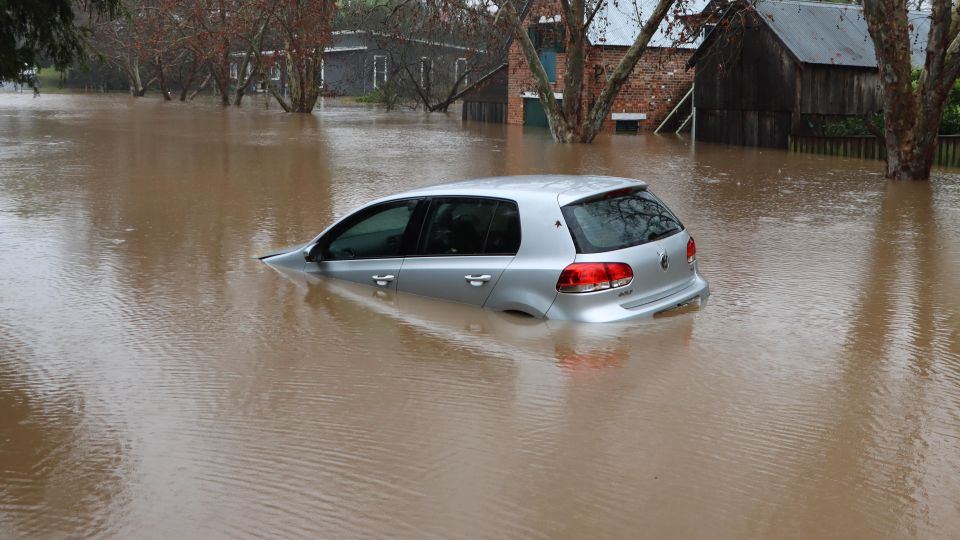

Contributor
Australian independent crash testing authority ANCAP will start assessing how vehicles function underwater as part of its updated 2023 testing protocols.
ANCAP will once again make getting a five-star safety rating more difficult, with vehicle submergence testing only one of a few new areas of testing that are set to go into force from January 2023.
This new vehicle submergence criteria will be introduced as an extension of ANCAP’s existing rescue protocols which assess a vehicle’s accessibility following a crash.
Vehicle manufacturers will be required to provide evidence that shows that, for up to 10 minutes underwater, the doors can be opened without battery power and the electric windows can still operate, so occupants can exit the vehicle.

If there isn’t any proof that the side windows still work underwater, an automaker is required to provide a method to allow an occupant to open or break the side window. This information needs to be in the owner’s manual.
“While it is important never to deliberately enter flood waters in your vehicle, recent flooding events have again reminded us that flooding can unexpectedly take a vehicle and its occupants,” said ANCAP CEO Carla Hoorweg.
Automakers will be awarded points within the Adult Occupant Protection assessment area for vehicles equipped with submergence countermeasures.
In addition to these new vehicle submergence tests, ANCAP will also introduce a new aspect that assesses child presence detection systems.
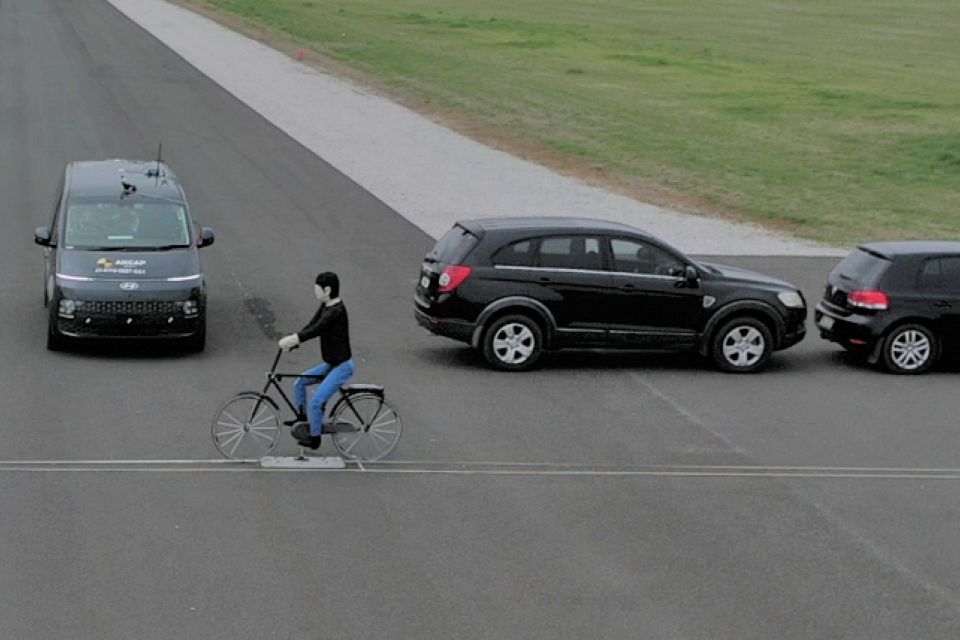
These systems are required to monitor the rear seats and doors and notify the driver or emergency services if a child has inadvertently been left in a locked car.
ANCAP indicates these alerts can include visual or audible warnings through the infotainment system, honking of the horn, an alert to an app on the driver’s phone, or an ‘eCall’ to emergency services.
“Of equal importance to having your child safely secured in an appropriate child restraint is the safety of the vehicle they’re travelling in,” said Ms Hoorweg.
“Five-star rated vehicles provide a high level of protection for child occupants and we encourage any parent in the market for a new car to ensure this is a priority.”
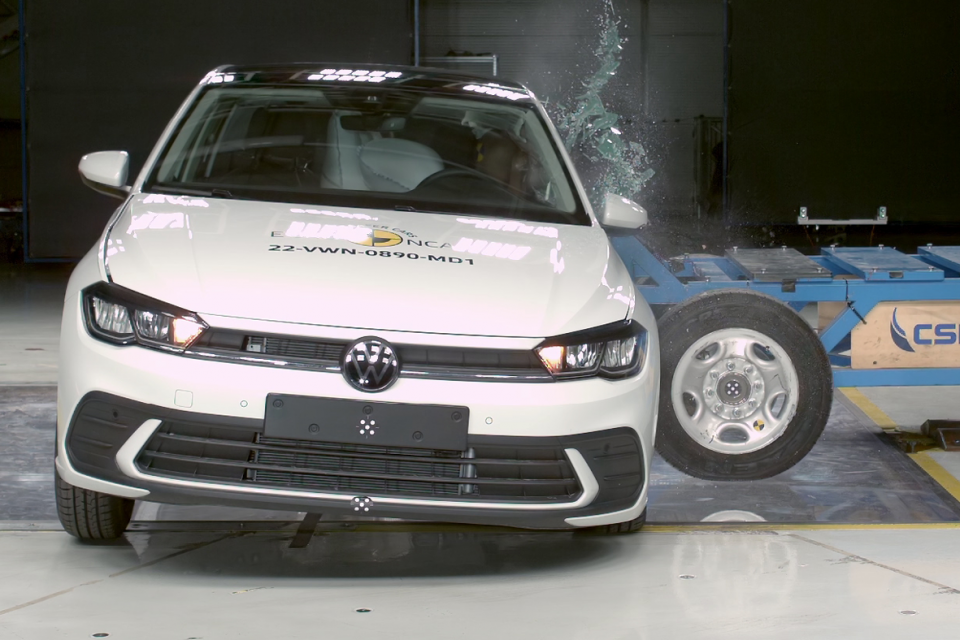

“From 2023 ANCAP will formally assess child presence detection systems (CPD), and some vehicles in the Australian market already offer this feature.”
While ANCAP has been testing the effectiveness of autonomous emergency braking (AEB) and lane-support systems (LSS) since 2018 in relation to other cars, pedestrians and cyclists, it will expand its testing to see how systems react to motorcycles from 2023.
“All vehicles rated by ANCAP must offer a well-performing AEB and LSS system if they’re to be eligible for a 5 star ANCAP safety rating,” said Ms Hoorweg.
“Motorcycles can be more difficult to detect than cars or trucks, and these new tests will encourage improvements in avoiding collisions with these vulnerable road users.”
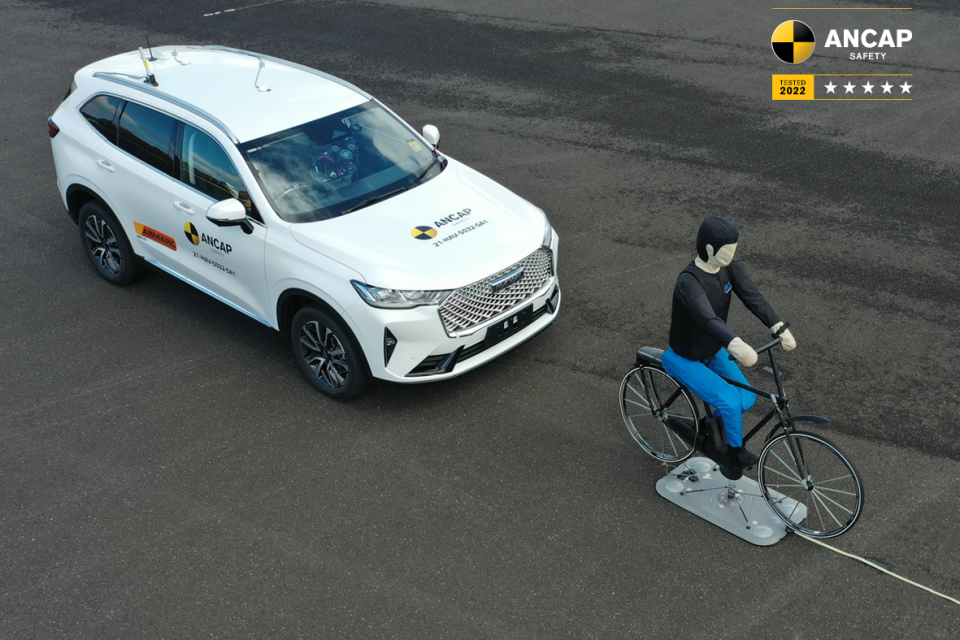
ANCAP officially harmonised its protocols with Euro NCAP in 2018 and the two safety authorities now work together to determine what should be tested and how.
The independent crash testing authority typically updates its protocols every two years, but due to COVID there is going to be a three-year gap between the last protocol changes, which were in 2020.
In the last few years AEB has been a major focus for the Australian independent crash testing authority.
AEB will be required on all newly-introduced vehicle models in Australia from March 2023 and all models on sale in Australia from March 2025.

It’ll be followed by an additional Australian Design Rule (ADR) mandating AEB with pedestrian detection, which will come into effect from August 1, 2024 for all new vehicle introductions and August 1, 2026 for all new vehicles.
“Traditional vehicle safety has focussed on vehicle crashworthiness – how the structure of a car protects its occupants – but today our view of vehicle safety is much more holistic,” said Ms Hoorweg.
“Our requirements now encourage the standard fitment of crash avoidance technologies and features which assist and protects vehicle occupants, other road users and emergency services teams.”
MORE: ANCAP resuming testing with tougher 2020 protocols MORE: AEB in the spotlight with new ANCAP campaign MORE: New regulations mandate AEB from 2025
Jack Quick is an automotive journalist based in Melbourne. Jack studied journalism and photography at Deakin University in Burwood, and previously represented the university in dance nationally. In his spare time, he loves to pump Charli XCX and play a bit of Grand Theft Auto. He’s also the proud owner of a blue, manual 2020 Suzuki Jimny.


Derek Fung
23 Minutes Ago


Alborz Fallah
23 Minutes Ago


William Stopford
7 Hours Ago


William Stopford
16 Hours Ago
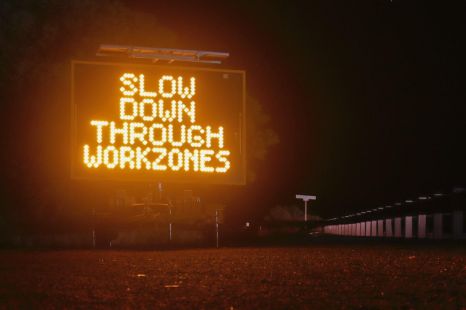

Ben Zachariah
18 Hours Ago
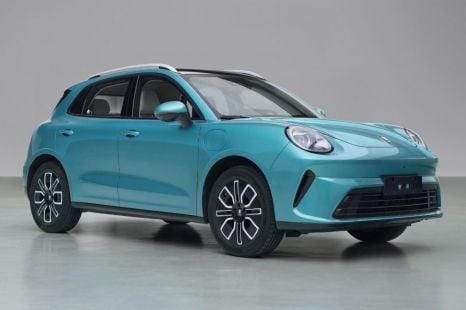

William Stopford
18 Hours Ago